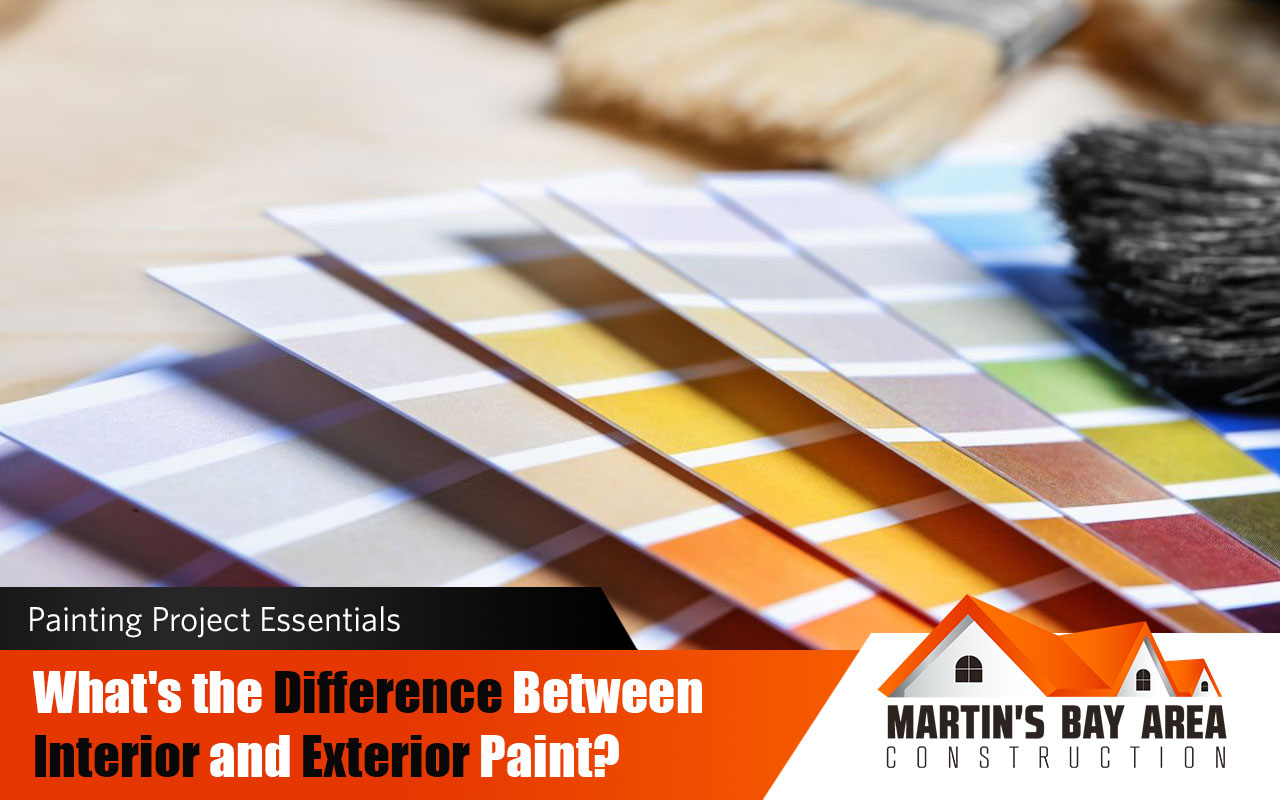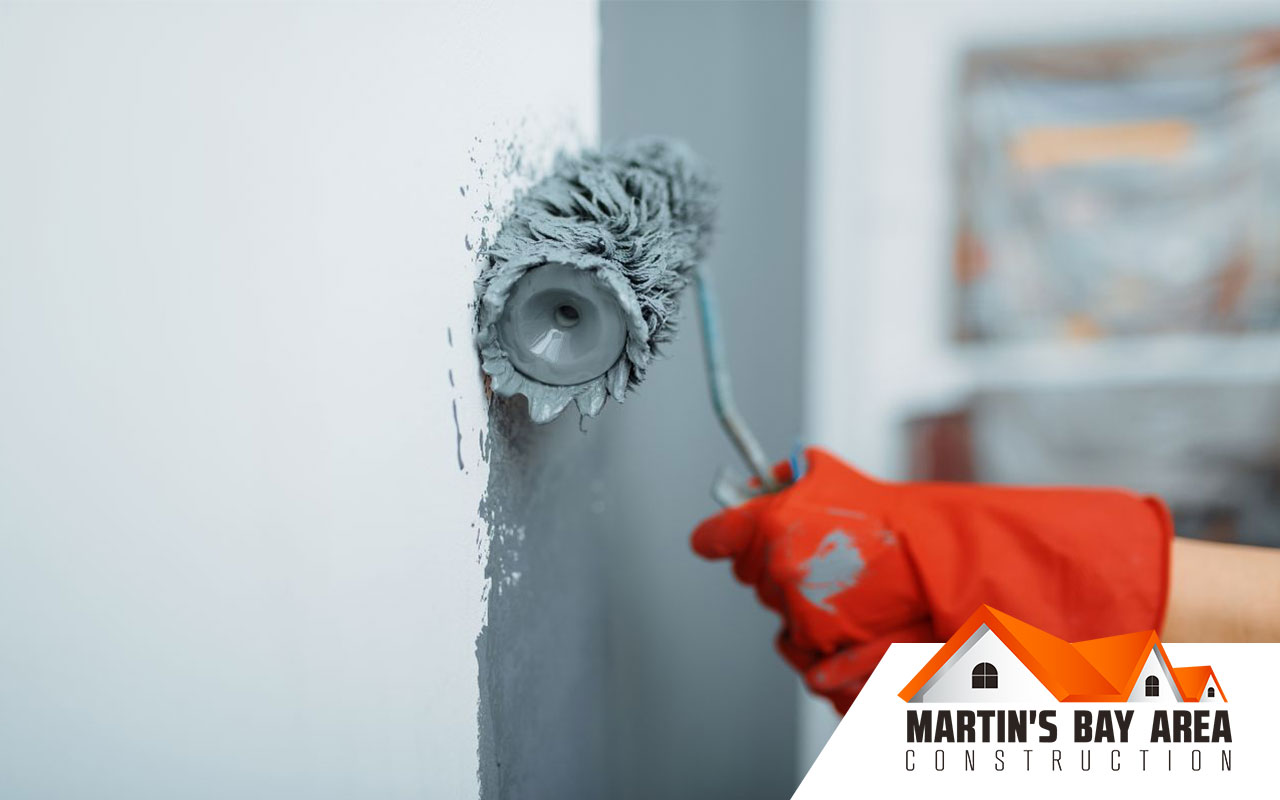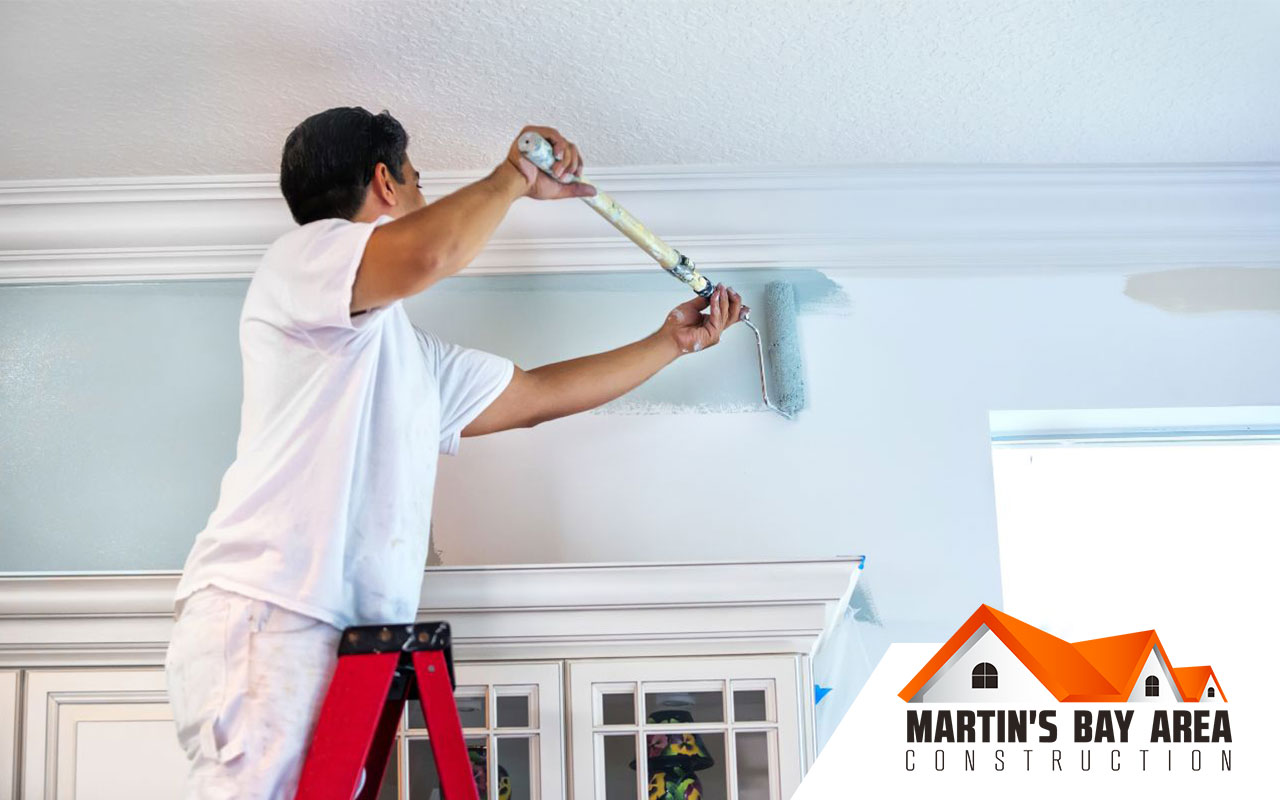
What’s the Difference Between Interior and Exterior Paint?
Have you ever asked yourself, What’s the difference between interior and exterior paint? This fundamental question is essential for any painting project. Interior and exterior paints have unique formulations aimed at specific uses.
On one hand, interior paints focus on safety, boasting low VOCs. On the other hand, exterior paints resist weather and wear with their tough build.
This guide will explore these differences, helping you choose wisely for your home’s makeover. So, let’s dive in and unlock the secrets behind paint types, ensuring your project shines inside and out.
Understanding What’s the Difference Between Interior and Exterior Paint

The Science Behind Paint Formulations
Every paint has a unique formula, whether for inside or outside use. Manufacturers craft interior paints to ensure a safe and comfortable living environment. They emit fewer VOCs, improving your health and the air inside your home. Furthermore, their design allows easy washing and stain resistance, making them ideal for busy household areas.
Durability and Protection: Exterior Paints
Meanwhile, exterior paints are the warriors of the paint world. They formulate them to withstand harsh weather conditions, from scorching sun to freezing temperatures. These paints contain additives that prevent fading, mildew growth, and damage from rain or snow. Their toughness ensures your home’s exterior looks fresh and protected year after year.
Factors to Consider
Choosing between interior and exterior paint isn’t just about the space you’re painting. Consider the climate you live in, the surface you’re painting, and the longevity you expect from the paint job. For interiors, think about room usage and the need for easy cleaning. For exteriors, prioritize durability and weather resistance.
Color and Finish Options
Both interior and exterior paints offer a wide range of colors and finishes. However, The finish you pick, like matte, eggshell, satin, semi-gloss, or gloss, can change how the paint looks and how easy it is to keep clean. Inside finishes come in many types to fit your decor and needs.
Manufacturers choose outside finishes for their strength against the weather.
Best Practices for Interior Painting
For interior projects, start with a clean surface and use painter’s tape for clean lines. Choose low-VOC paints for healthier indoor air quality. Test colors in different lights to see how they’ll look at various times of the day.
Exterior Painting How-Tos
Exterior painting requires thorough surface preparation, including cleaning and priming. Watch the weather forecasts; you shouldn’t apply paint in extreme temperatures because it needs time to dry. Use high-quality brushes and rollers for a long-lasting finish.
Common Queries
Can I use exterior paint inside?
Experts do not recommend it because of the higher VOC levels and potential health risks.
How often should I repaint my home’s exterior?
Typically, it happens every 5 to 10 years, depending on the paint quality and environmental conditions.
What’s the best time of year to paint outdoors?
Spring and fall, when temperatures are moderate, are ideal for exterior painting.
Transform Your Home with Martin’s Bay Area Construction

At Martin’s Bay Area Construction, we understand what’s the difference between interior and exterior paint and why it’s essential for your house. Our expert team ensures every paint job—interior or exterior—combines beauty with durability. We prioritize your satisfaction, using top-quality materials for results that last.
Whether upgrading your living space or protecting your home’s exterior, trust us to deliver excellence. Ready for a change? Contact us today, and let’s make your vision a reality.
